Earthly Things – Ghostly Matters
.webp&w=1080&q=75)
Samstag, 13. September 2025, 16:00h-21:00h, Eröffnung der Gruppenausstellung Earthly Things – Ghostly Matters im Raum 2 und Raum 3, Zeughausareal, Uster
Mit Richard Blaško, Maya Bringolf, Antoine Félix Bürcher, Bettina Carl, Bettina Diel, Jiaxi Han, HARUKO, Dieter Holliger, Charles O. Job, Hanspeter Keller, Dominique Lämmli, Vilija Litvinaite, Angelos Merges, Elzara Oiseau, Ursula Palla, Martin Reukauf, Dimitrina Sevova, Lourenço Soares, Sandro Steudler, Andy Storchenegger, Una Szeemann.
Eröffnung Samstag 13. September, 16:00h - 21:00h
Künstlergespräche mit Diskussion
Donnerstag, 18. September, 18:00-20:30 mit Gastrednerin Cathérine Hug
Sonntag, 21. September, 14:00-17:00 mit Gastredner*innen Damian Christinger und Jeannette Weiss
Öffnungszeiten
Mo-Fr 14:00-20:00
Sa-So 14:00-18:00
Die Ausstellung ist konzipiert und kuratiert von Dimitrina Sevova & Alan Roth von der Agency for Curating Complexities. Die Agency for Curating Complexities ist eine Erweiterung und transformative Weiterführung des Corner College.
Earthly Things – Ghostly Matters
The group exhibition Earthly Things – Ghostly Matters explores hauntology from various perspectives of art and critical discourse. It asks what haunts the present moment, this time out of joint, how these fading and ruptured moments can produce other times. In a process of spectralization that affects the exhibition time and space, it strives to unsettle the familiar. It considers who haunts and who is haunted, what is apparent now-here and what disappears into no-where.
The title plays on the dual meaning of earthly things and ghostly matters. The former refers to something from the ground, from the land, from the mundane, from the earth. It also alludes to vanity, affectedness, boastfulness. Ghostly matters shift the meaning into the unknown and metaphysical where humans are largely absent. Rather, it takes the perspective of other, non-human creatures, such as animals, plants, aliens, freaky fictional and artificially generated characters, even ghosts, windy shadows and noise from the past, from the future.
The exhibition navigates through metaphors that convey a sense of unfamiliarity, of ambiguity in the relation between nature and culture, but also between the natural and the supernatural. Drawing on Gertrude Stein’s story The World Is Round and Patricia J. Williams’ The Alchemy of Race and Rights, it shows ghostly transitions and traces of a disembodied presence as if in a haunted house. It awakens critical sensibilities and invites the viewer to wonder about invisible dynamics that shape values and beliefs, and to engage with phantom fears, algorithmic manipulation, technologically enforced hypervisibility, immaterial modes of production and a future shaped by AI and VR simulations.
The art works on display form a strange landscape, like a forest enchanted by strange mythical creatures, into which they invite the viewer to immerse themselves. Their uncanny effect opens perceptions to poetic and affective modalities. The constellation of artworks in the exhibition operates as non-human agents that possess vital energy coming from deep time, from the infinite duration of timelessness, the encounter with which proposes to confuse the relation between what the viewer sees and what the viewer knows. In this state of disorientation, the ecological mind can practice listening to and talking to non-humans and even spirits.
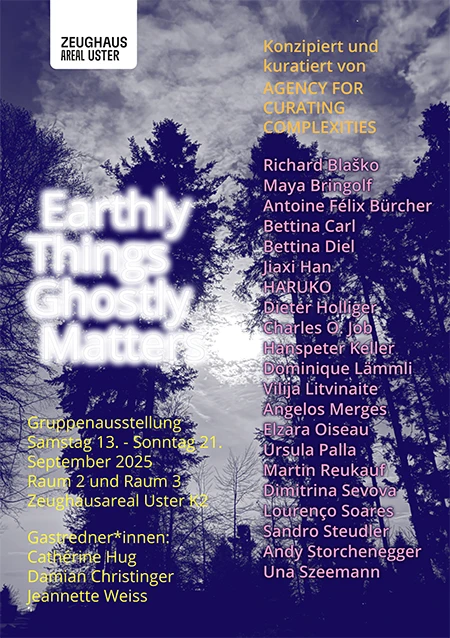
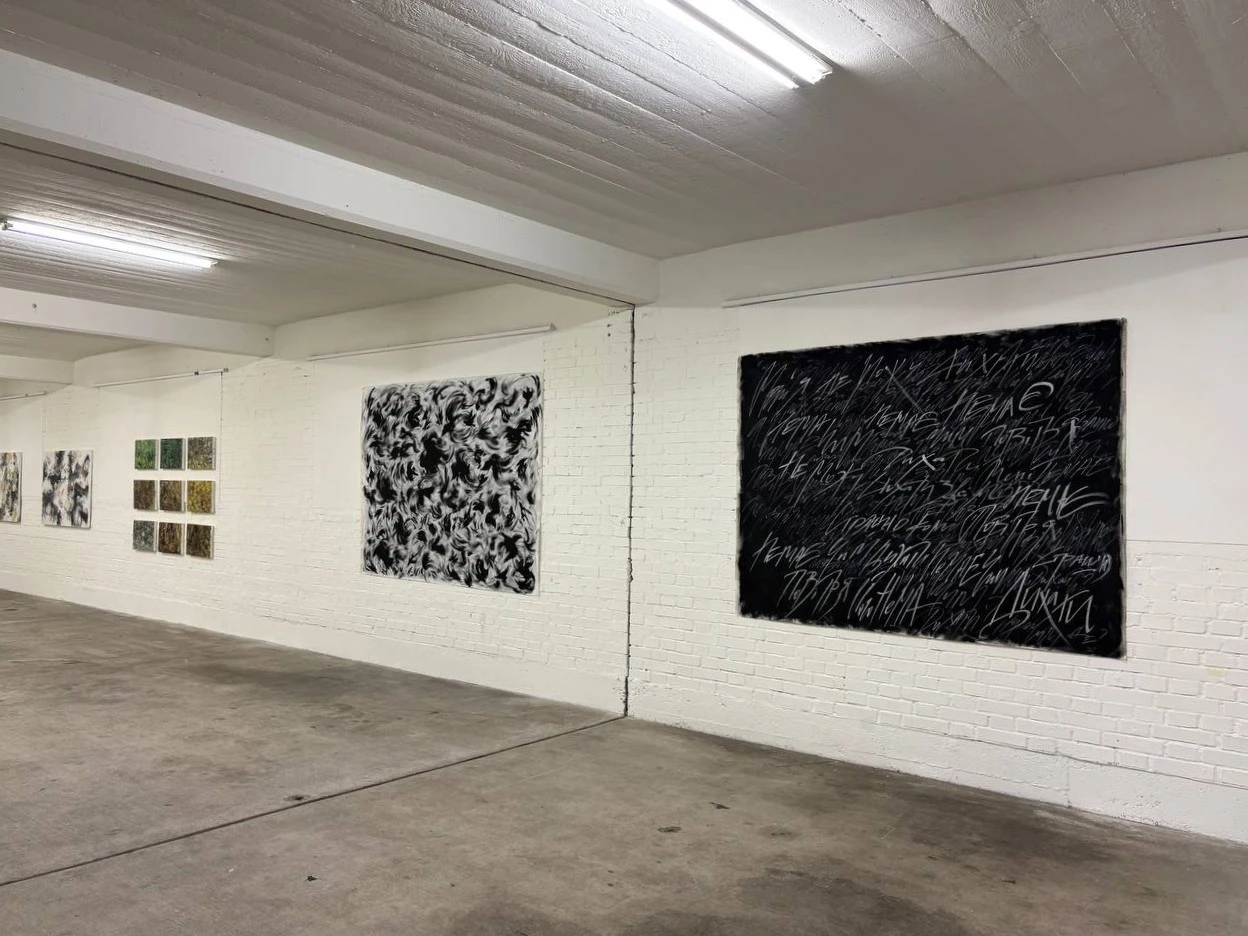
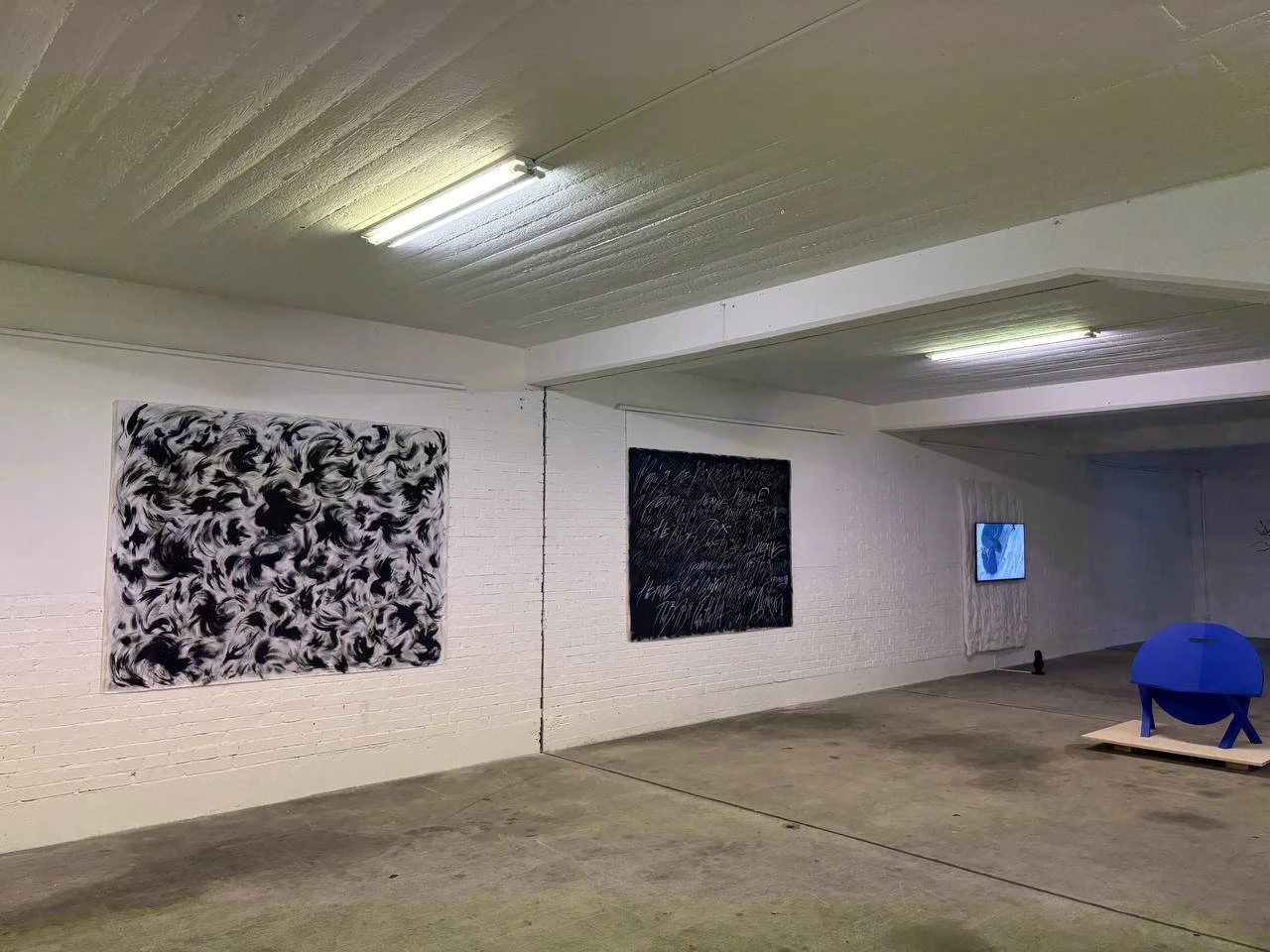
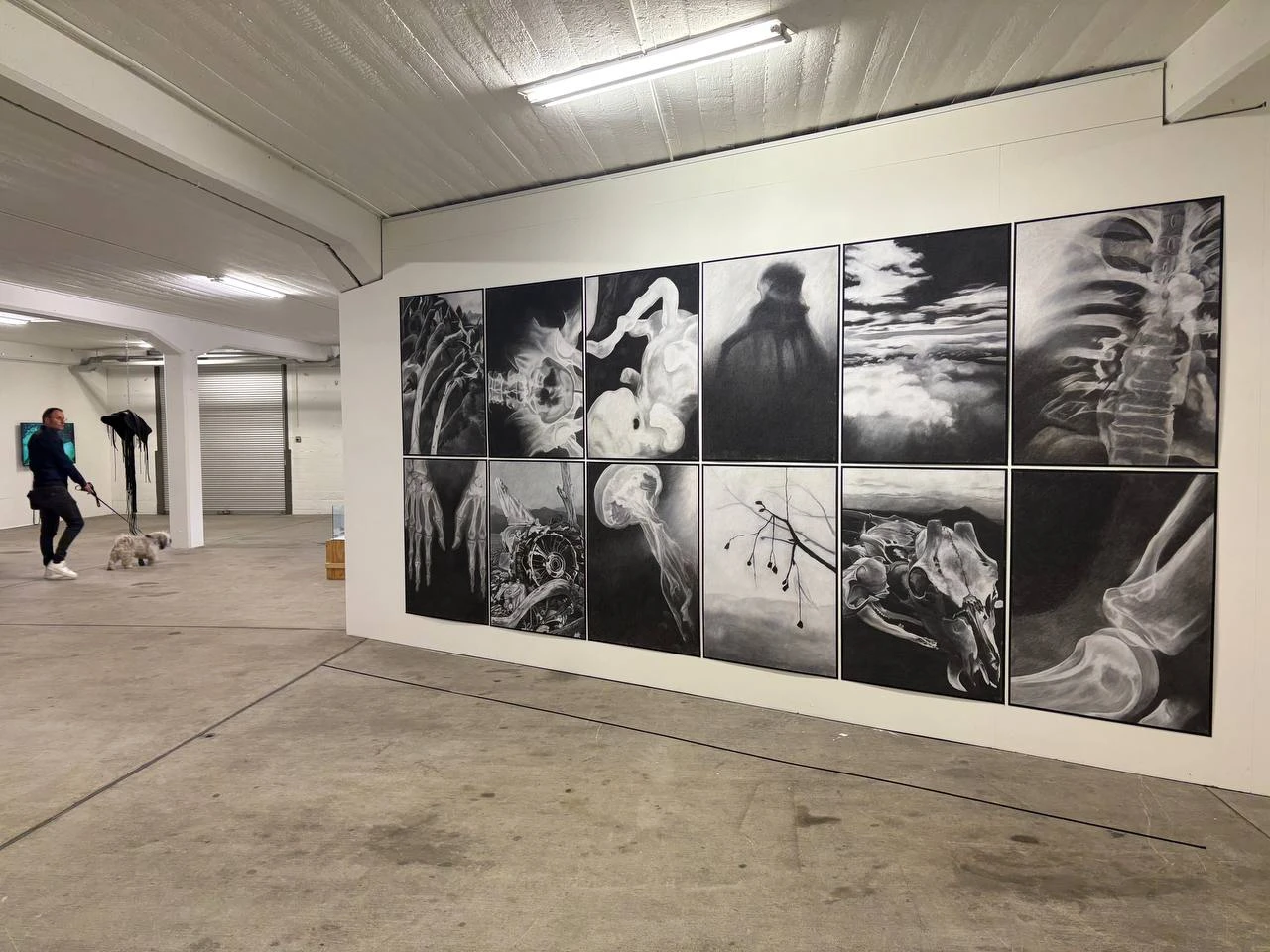
.webp)
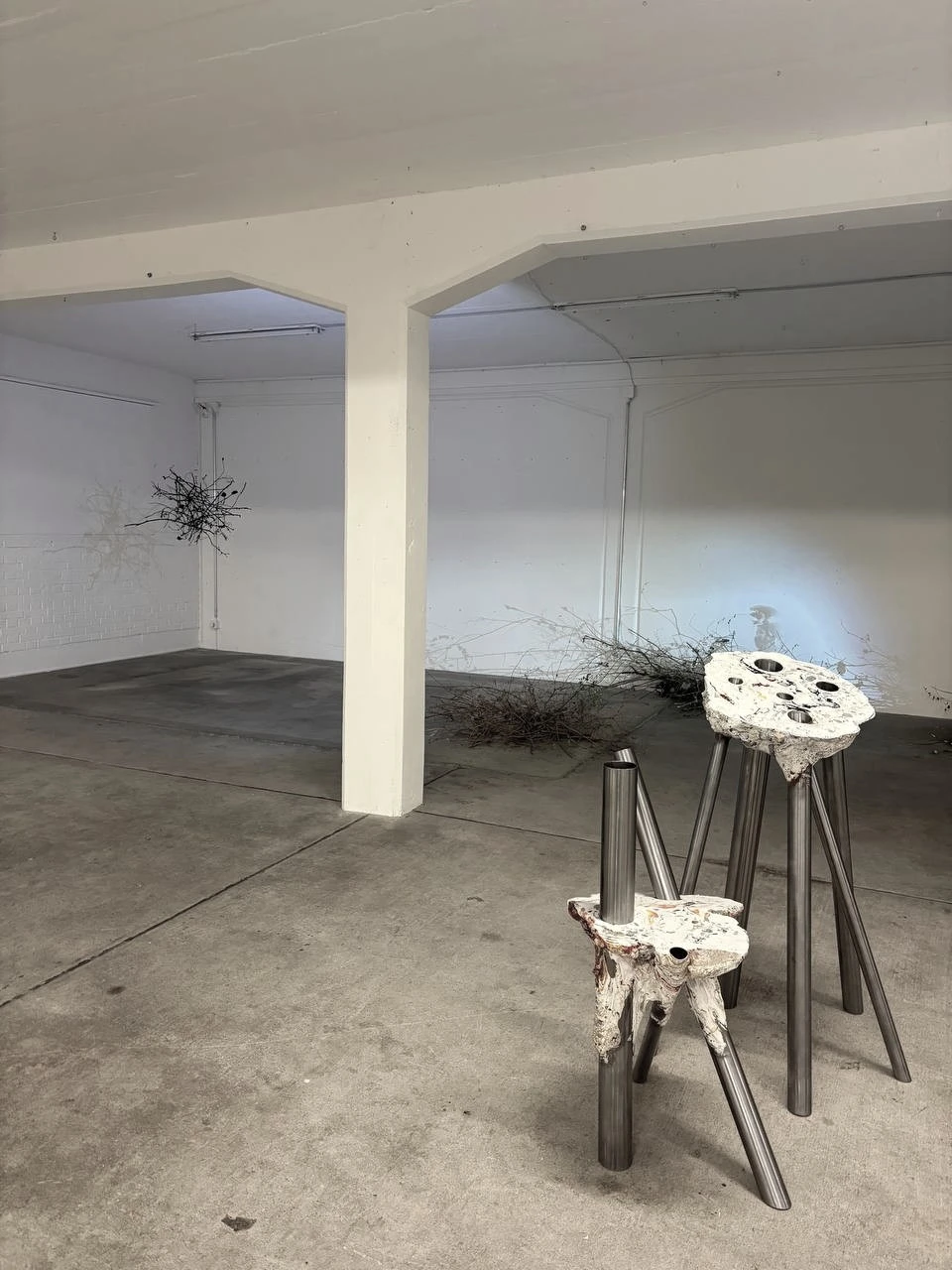
.webp)
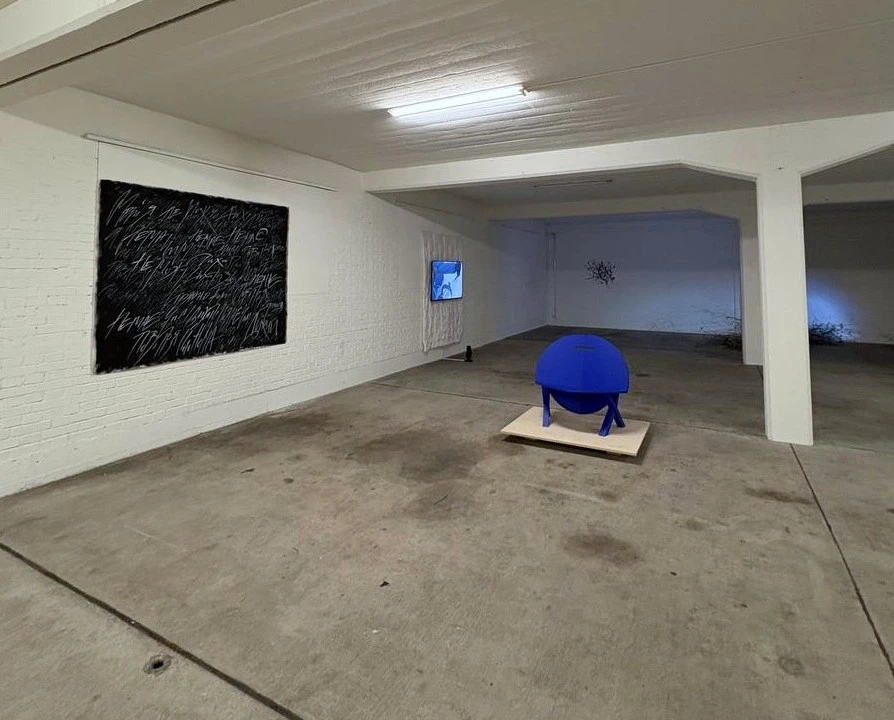
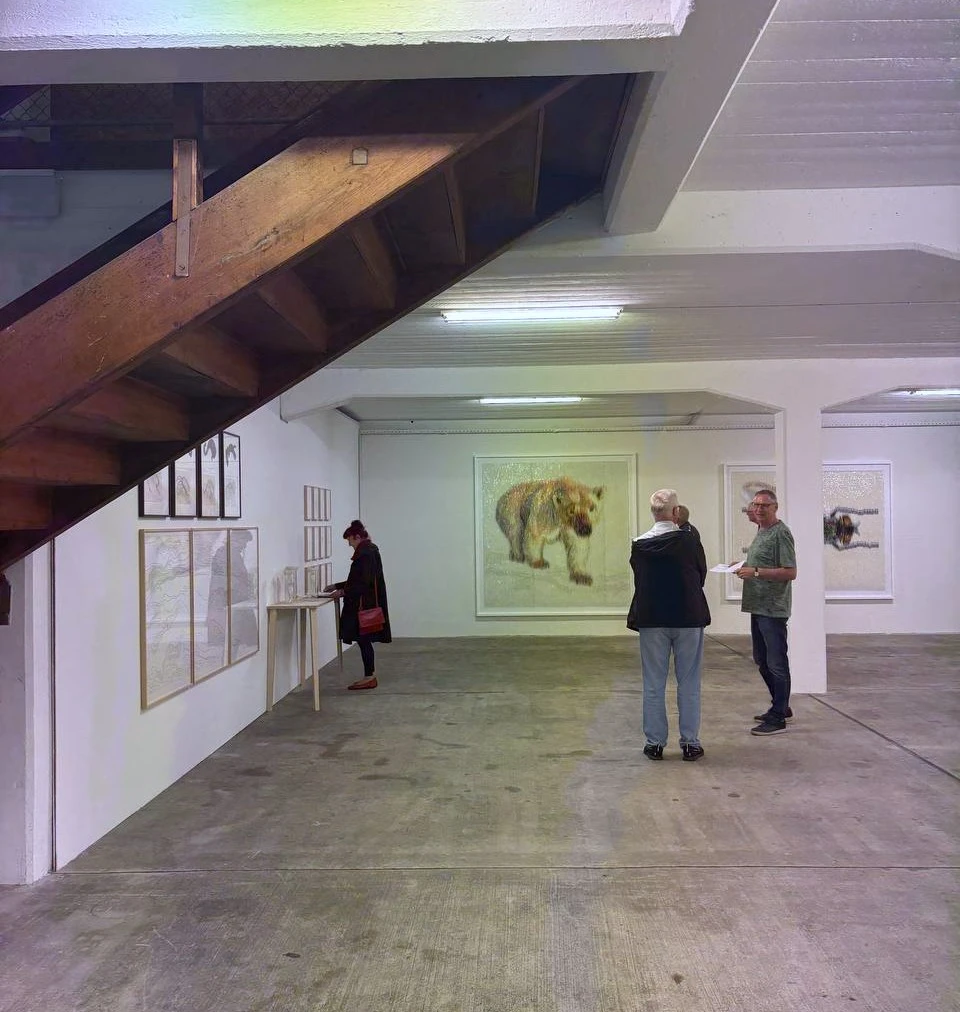
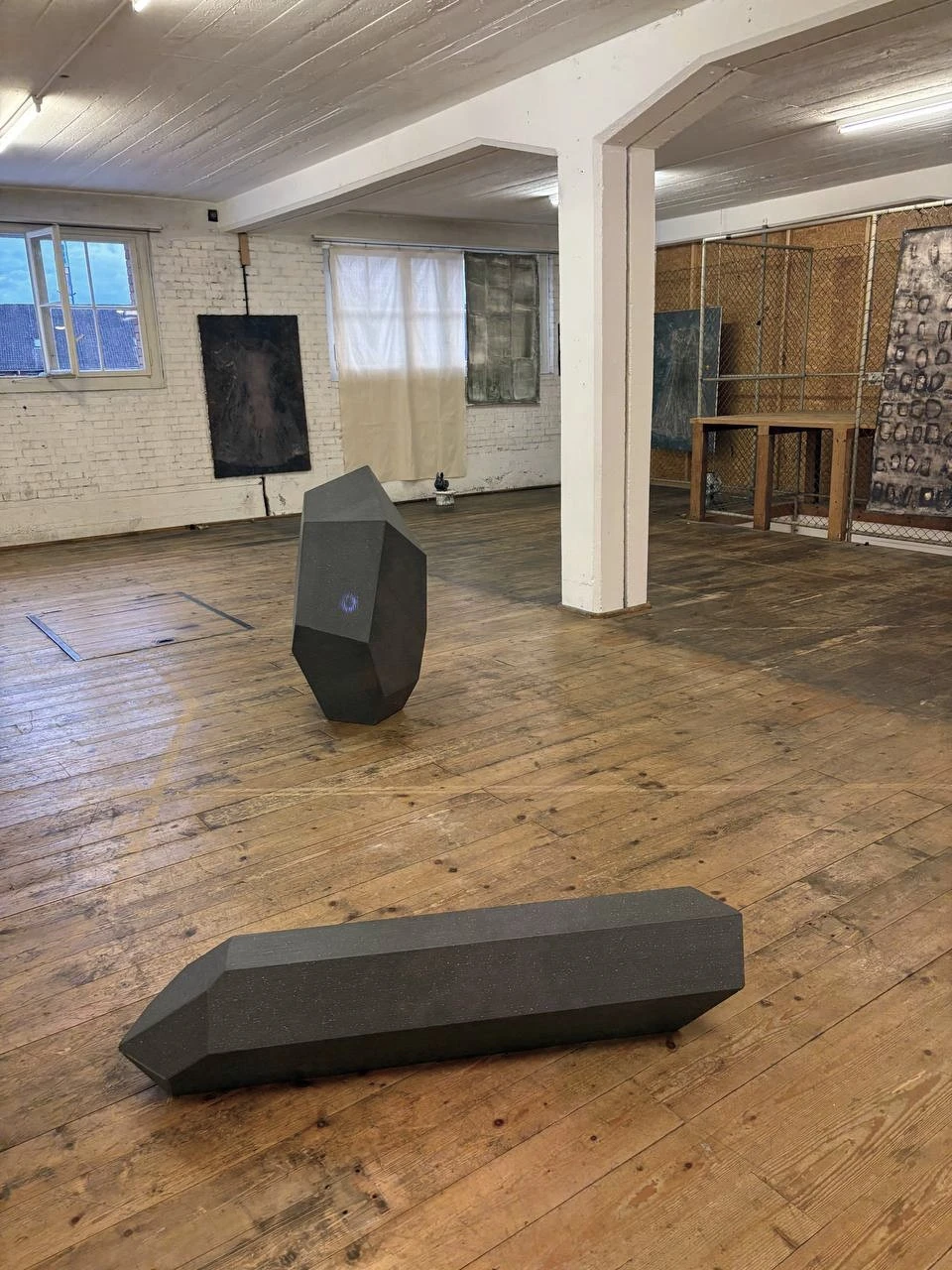
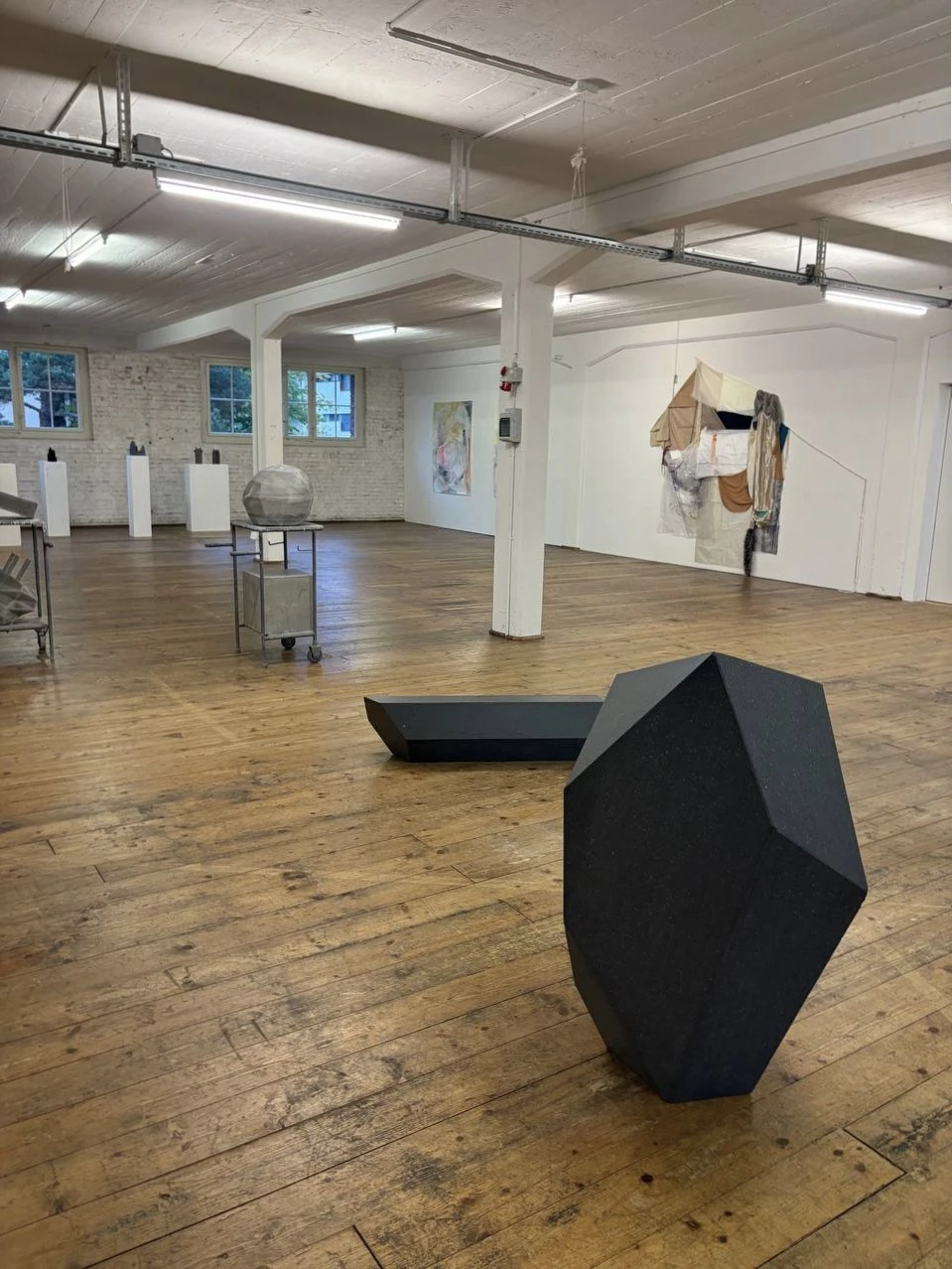
.webp)
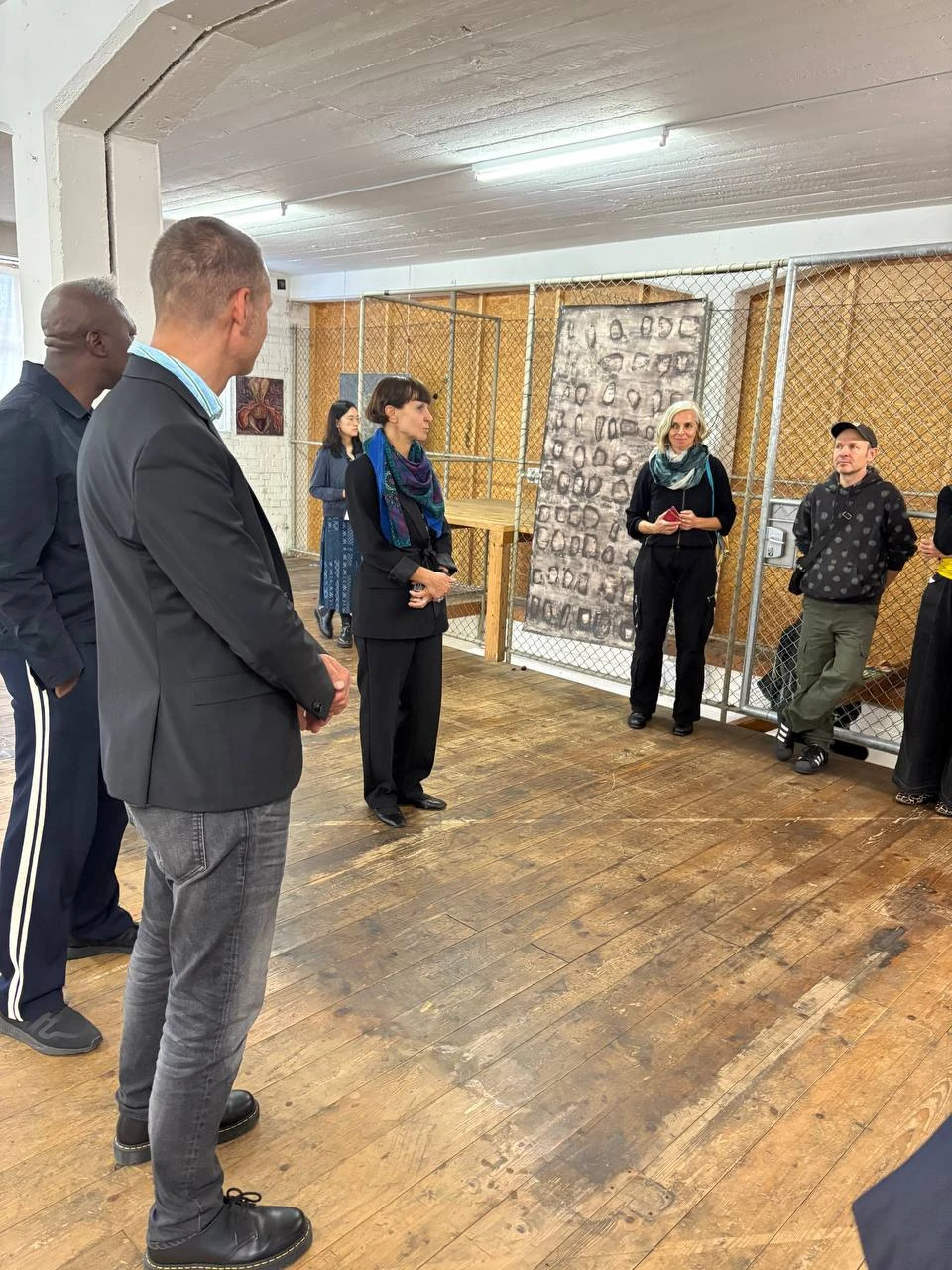
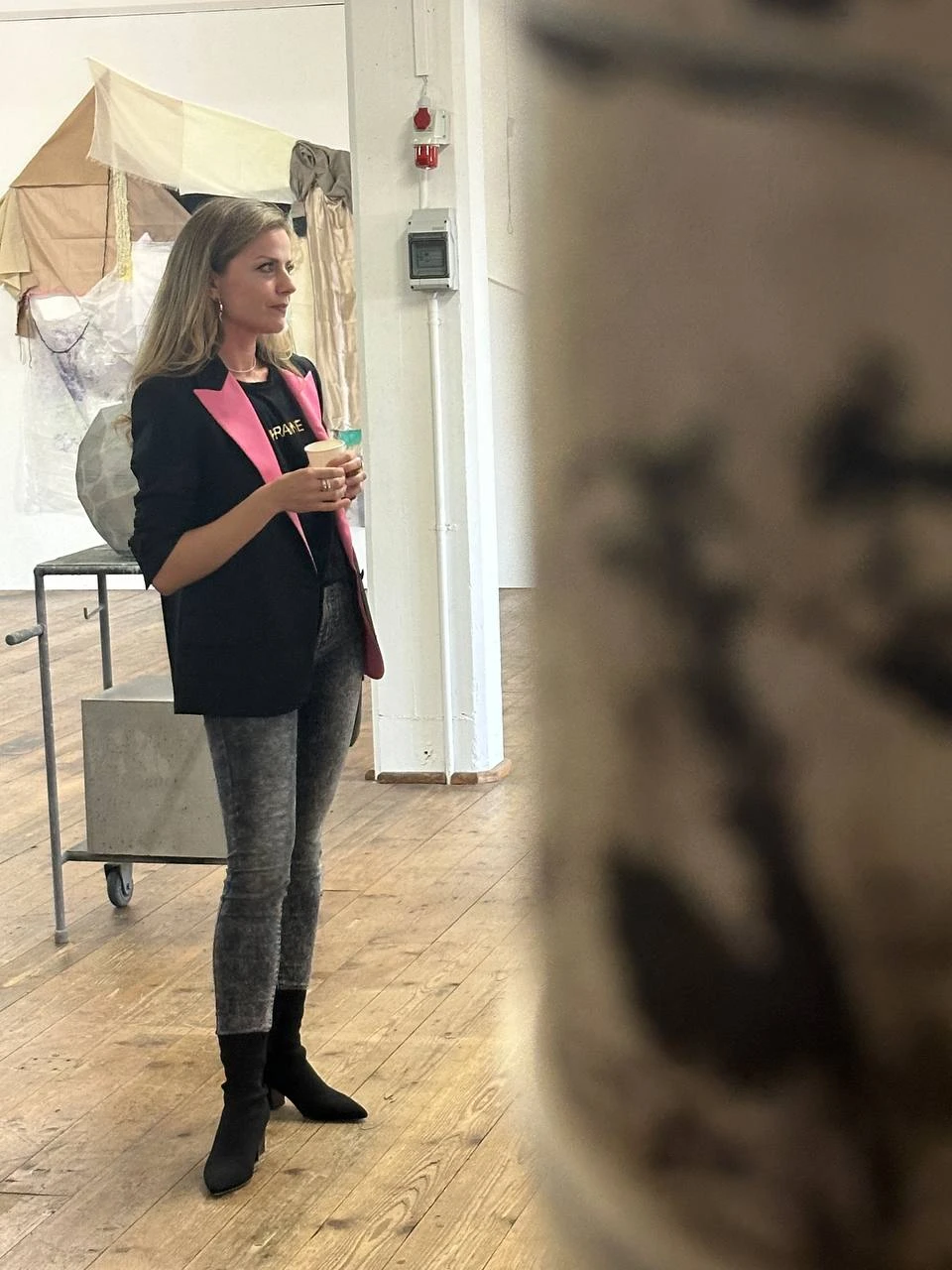
.webp)
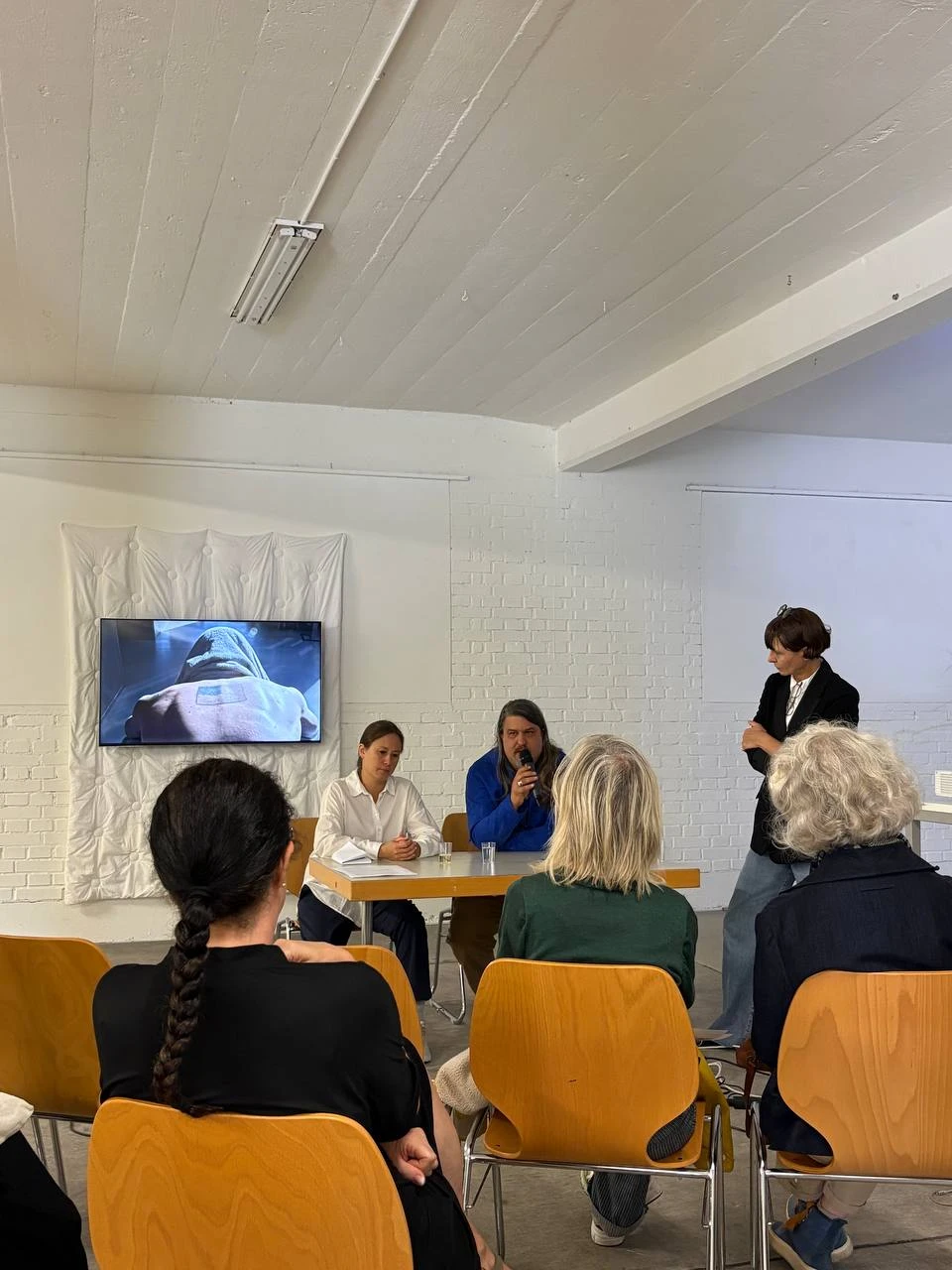
.webp)
.webp)
.webp)
.webp)